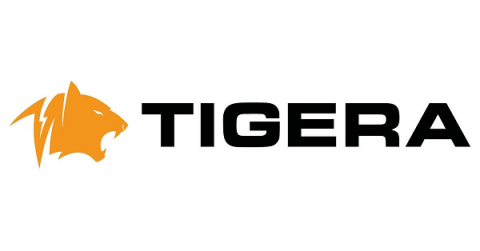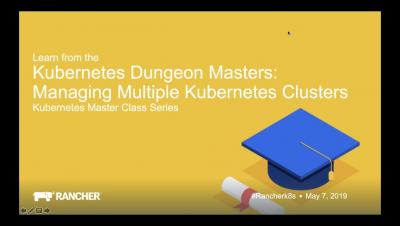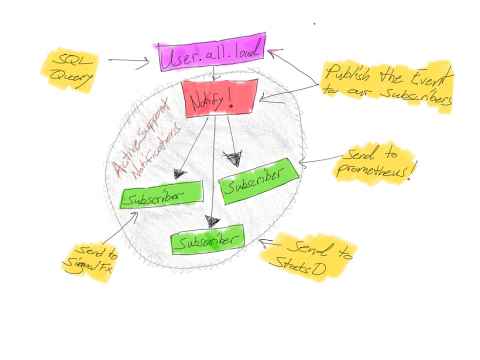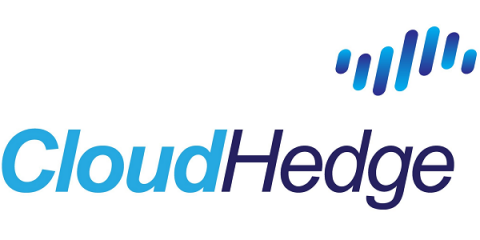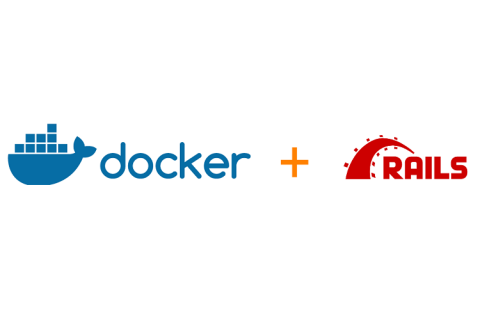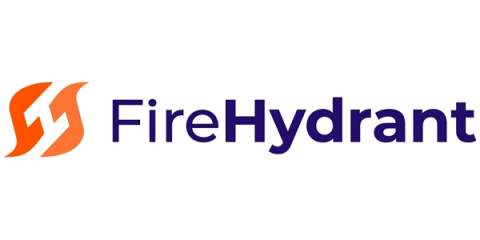Infrastructure Ops in 2019 - An Operating Model For Hybrid Cloud Transformation ..(2/2)
The early adopters have begun to find a great degree of success and it is now time for the more mainstream enterprise to get off the proverbial wall and begin exploring containers and other areas of the cloud-native landscape. However, there is a need to mitigate or manage the risk of adopting new technology as it does introduce a dimension of change that accompanies any transformation.


